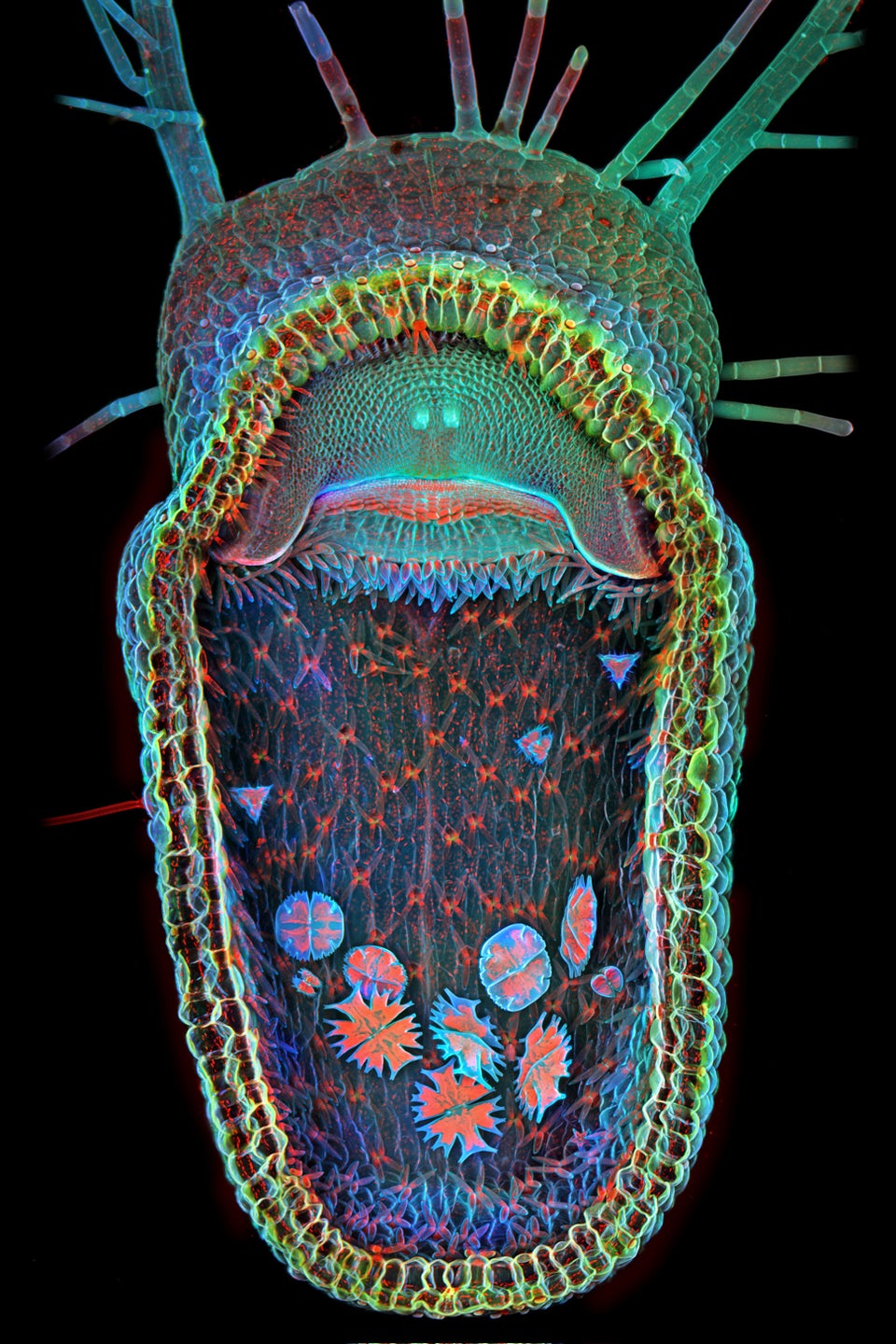You've no doubt heard the old saying that "no two snowflakes are alike." But with all those flakes falling to Earth and blanketing the ground every year, for eons, is it really true?
As Joe Hanson of It's Okay To Be Smart explains in a new video, each snowflake really is unique -- only not for the reason you might expect.
Snowflakes' beautiful shapes might seem random at first, Hanson says in the video, but they form according to a series of simple physical interactions. It all starts when six water molecules slow down and settle into order with each other, freezing into a crystal.
"That crystal starts as a tiny speck of dust or pollen which catches water vapor out of the air and eventually forms the simplest of snowflake shapes -- tiny hexagons called diamond dust," Hanson says. "Then, randomness takes over." The snowflake's arms extend outward from the hexagon as water molecules land on it.
Differences in temperature and humidity can give rise to an infinite number of snowflake shapes. In the rare case when two flakes look identical at the microscopic level, they still differ from each other at the atomic level.
That's because about one in 3,000 water molecules in a snowflake contain a variant of the ordinary hydrogen molecule known as deuterium. These deuterium atoms are scattered across the millions of molecules in the flakes, and as the video shows, it's very, very unlikely that any could possibly fall in the exact same pattern.
"The chance of two snowflakes being alike on the atomic level, even factoring in deuterium, is so infinitesimally small that we may as well call it zero," Hanson said in an email to HuffPost Science. "The number of possible arrangements of the 10^18 water molecules [in a snowflake] is such a large number that it dwarfs the number of atoms in the universe many, many times over. Somewhere, a supercomputer is weeping just thinking about having to calculate a number that large."
So there you have it! Each snowflake really is unique. And now that you've learned the hard science behind the soft white stuff outside, maybe you'll appreciate winter all the more.
